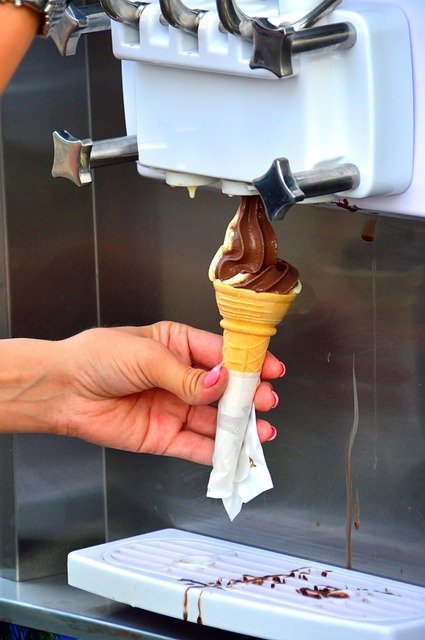Common Reasons Your Industrial Ice Machine Isn’t Making Ice
July 9, 2025 | by li, moniker

When an industrial ice machine stops producing ice, it can disrupt operations in restaurants, hotels, hospitals, and other commercial settings. Understanding the root causes of this issue is crucial for quick troubleshooting and minimizing downtime. This article explores the most common reasons why an industrial ice maker may fail to produce ice, from mechanical malfunctions to environmental factors. By identifying these problems early, businesses can take corrective action and ensure their ice production remains efficient. Whether it’s a clogged water filter, a faulty compressor, or incorrect temperature settings, we’ll break down the key troubleshooting steps to get your machine back to optimal performance.
Common Mechanical Failures
Mechanical issues are among the leading causes of ice production failure in industrial machines. A malfunctioning compressor or condenser can prevent the refrigeration cycle from working correctly, leading to insufficient cooling. Similarly, a damaged water inlet valve may restrict water flow, preventing ice formation. Regular maintenance, such as cleaning condenser coils and checking refrigerant levels, can prevent these problems. If the machine runs but doesn’t make ice, inspecting these components should be the first step.
Water Supply and Filtration Problems
An uninterrupted water supply is essential for ice production. If the machine isn’t receiving enough water due to a kinked hose, low water pressure, or a clogged filter, ice formation will be impaired. Sediment buildup in water lines can also block proper flow. Installing a high-quality filtration system, like those used in Commercial Ice Makers, ensures clean water and reduces mineral deposits that can damage internal components. Regularly replacing filters and checking water lines can prevent these issues.
Temperature and Environmental Factors
Industrial ice machines operate within specific temperature ranges. If the ambient temperature is too high or too low, the machine may struggle to produce ice. Poor ventilation can cause overheating, while extremely cold environments may freeze internal components. Ensuring proper airflow around the unit and maintaining an optimal room temperature (typically between 50°F and 90°F) is critical. Additionally, placing the machine away from heat-generating appliances can enhance efficiency.
Electrical and Control Board Issues
Faulty wiring, power surges, or a malfunctioning control board can disrupt the ice-making process. If the machine powers on but doesn’t initiate the ice cycle, the issue may lie in the electrical system. Resetting the machine or checking for error codes can help diagnose control board failures. In some cases, professional servicing may be required to replace damaged components and restore functionality.
An industrial ice machine failing to produce ice can stem from various issues, including mechanical failures, water supply problems, environmental factors, and electrical malfunctions. Regular maintenance, proper installation, and timely troubleshooting are essential to prevent downtime. By addressing these common problems—whether it’s cleaning condenser coils, replacing water filters, or ensuring optimal operating conditions—businesses can maintain consistent ice production. If persistent issues arise, consulting a professional or considering an upgrade to a reliable Commercial Ice Maker may be the best solution. Proactive care ensures efficiency and longevity for your ice machine.
RELATED POSTS
View all

